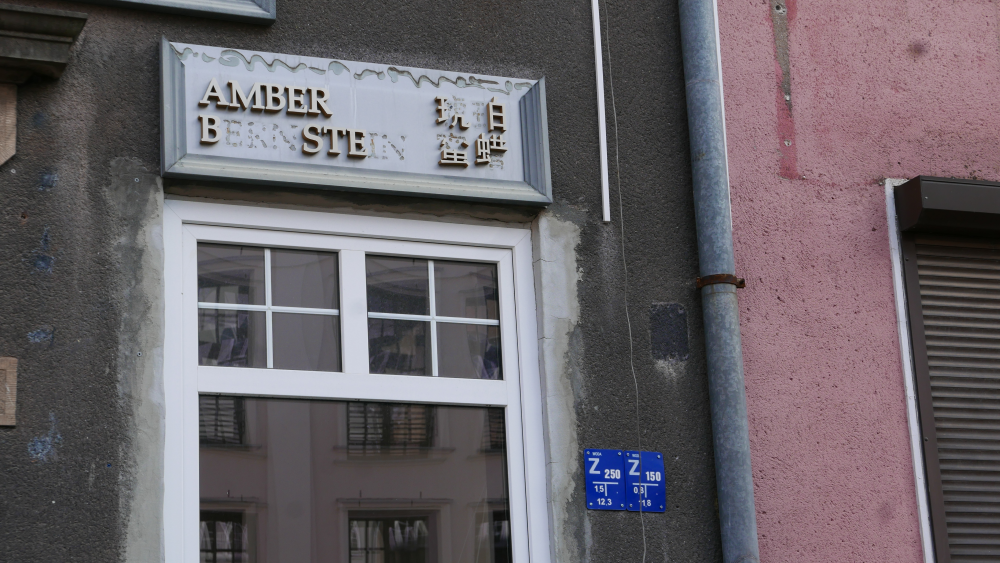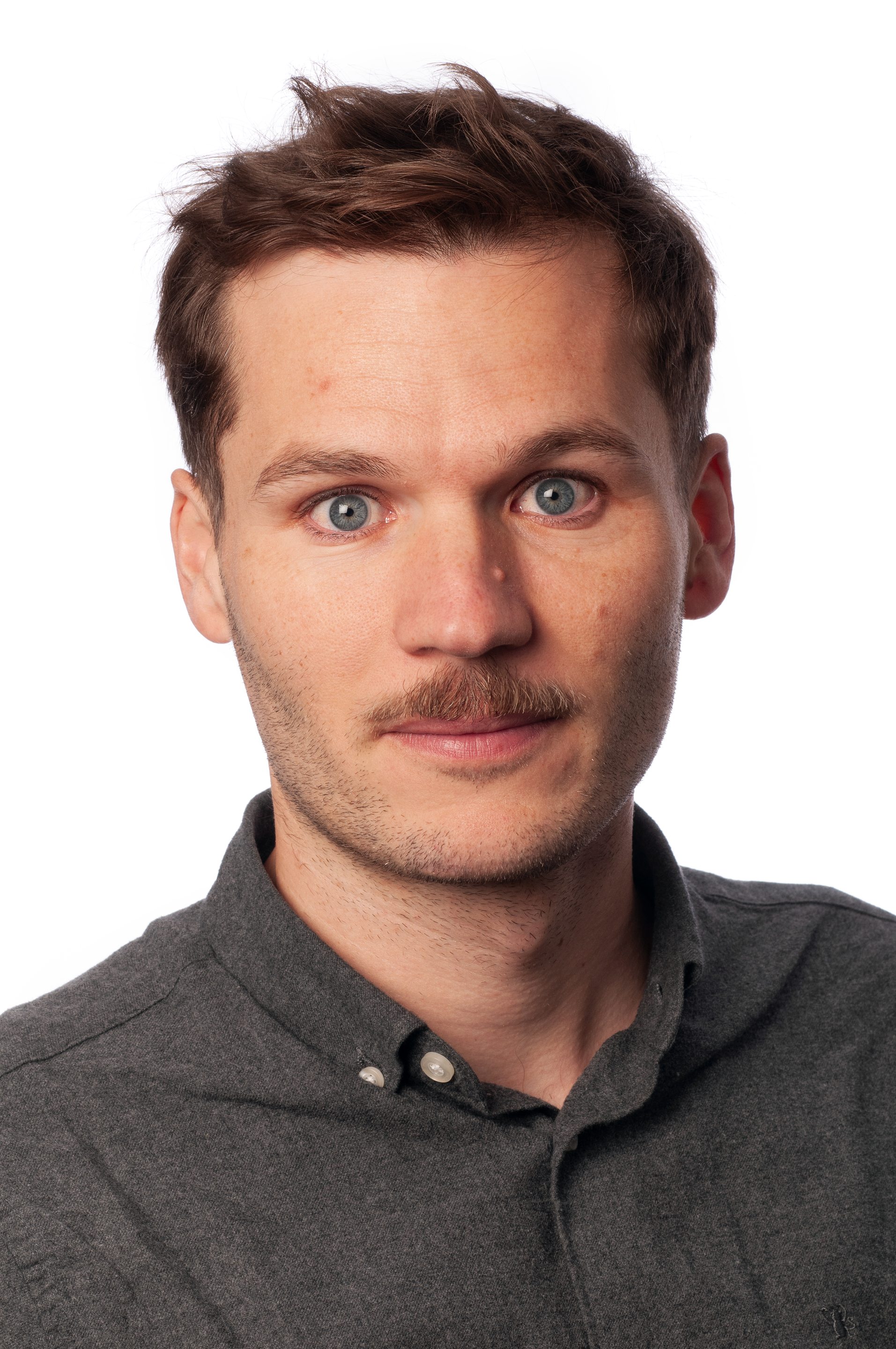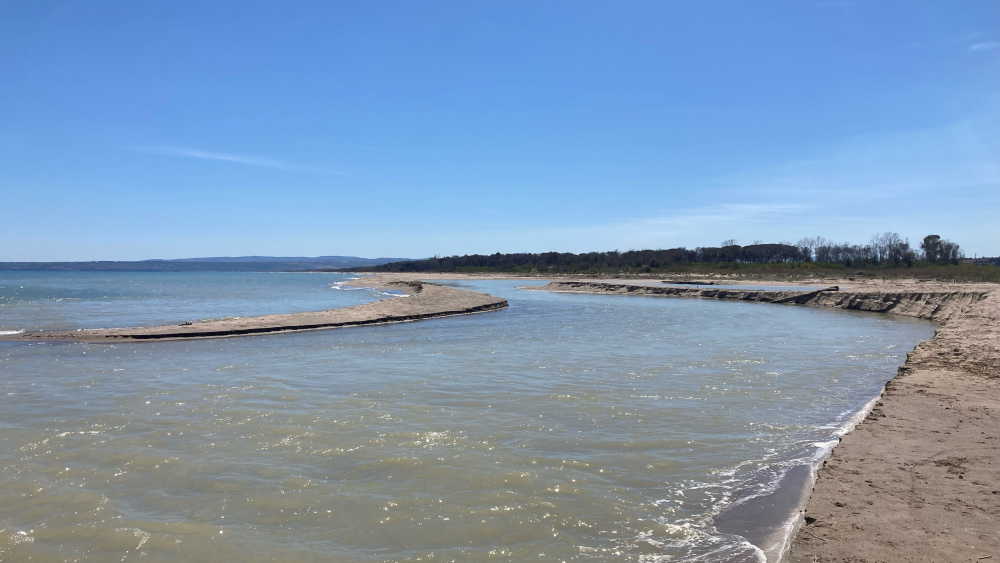There is still much about the global amber industry and trade that we do not know. The overall value of the amber market remains, to begin with, a mystery. We also do not have a comprehensive picture of how growing Chinese demand for amber over the past two decades impacted various sites of amber extraction across the world. Nor do we know much about how amber moves from the mines onto the global market, and the role that informal connections play in this trade. Additionally, we still have little understanding of how the scientific and commercial values of amber are intertwined. What are, for instance, the points of friction between how scientists, miners, and traders relate to amber inclusions? What role do geological knowledge and experts play in shaping extractive economies across various sites? These questions are central to the economic aspect of amber extraction and trade. They also deeply affect how scientific research is carried out, by whom, for what purposes, and to whose benefit.


This book project begins with Alessandro’s experience with the Tengchong amber boom in the mid-2010s to outline a global story of amber circulations across extraction, trade, and science. From the China–Myanmar borderlands, it travels to Poland, Chiapas, Sicily, and eastern Germany. In the process, the book builds on various collaborations: with fellow anthropologists across various sites, but also with paleontologists, collectors, miners, museologists, and other local experts.
In disciplinary terms, the book aims to bring together and contribute to anthropological studies of global circulations; the geological turn in the social sciences; and STS work on scientific research and the nonhuman. Through amber, it thus aims to tell a broader story about human and geological lives, and the social, political, and environmental consequences of their unfolding today.

